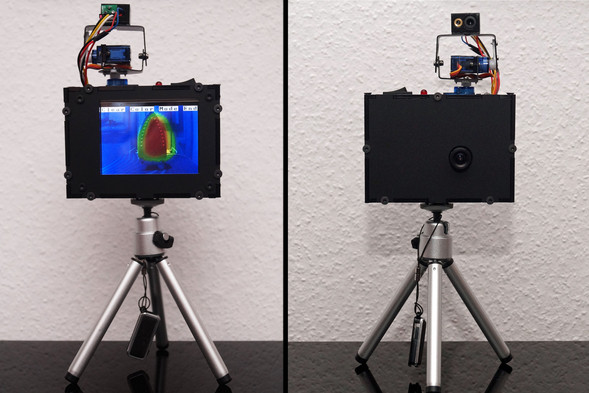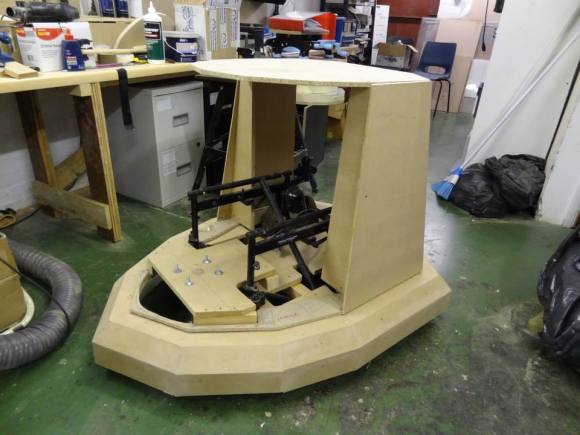
In this beautiful, well-documented, cat-assisted hack, [capricorn1] adds visual dimension to his impressive piano skills by using his keyboard’s MIDI output to drive Edison bulbs.
He hung them from a rod of electrical conduit pipe and threaded the wires through it to a DB25 connector. The lights are controlled by an Arduino Mega plus a custom shield with an optocoupler to handle zero cross detection. He happened to already have a board with 12 SSRs on it from another project. All of the electronics are in a re-purposed switch box—the switches control four different modes: classic, velocity, scrolling, and automatic. You’ll see the scrolling mode in the video after the jump.
[capricorn1] used a small sampling of the Arduino MIDI Library, namely the note on/off functions and the control change function to handle his sustain pedal. He’s listed the full code for the project, which includes usage of the ipMIDI module for automation over WiFi.
If you don’t have a MIDI keyboard or any Edison bulbs, you could make a MIDI floor piano. You’re required to play both “Chopsticks” and “Heart and Soul” on it, though. Those are like the Hello, World for floor pianos.
















